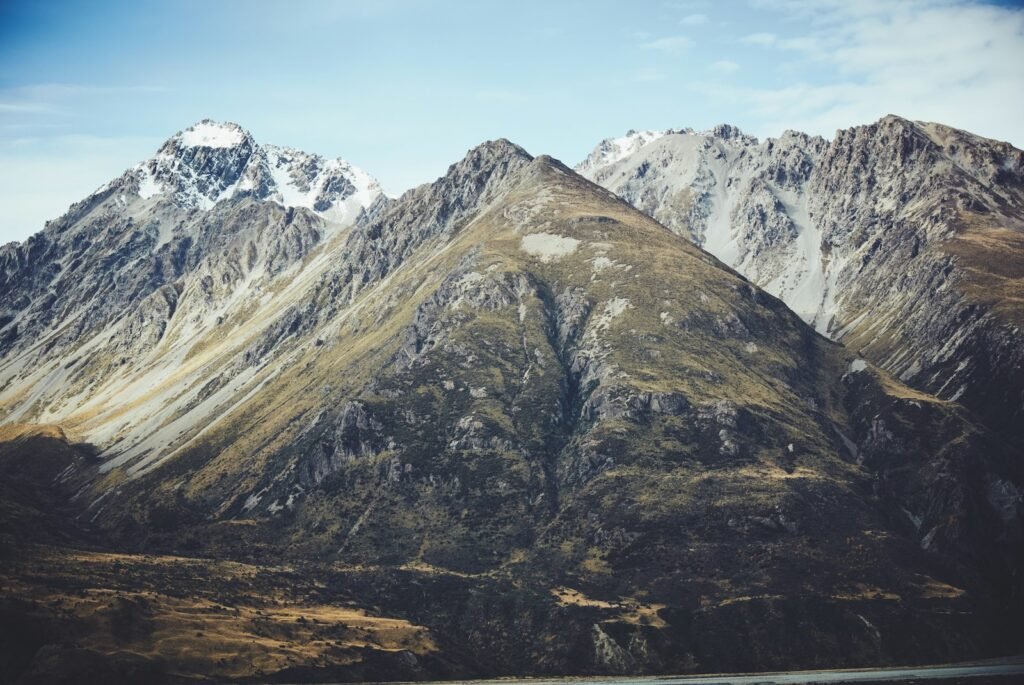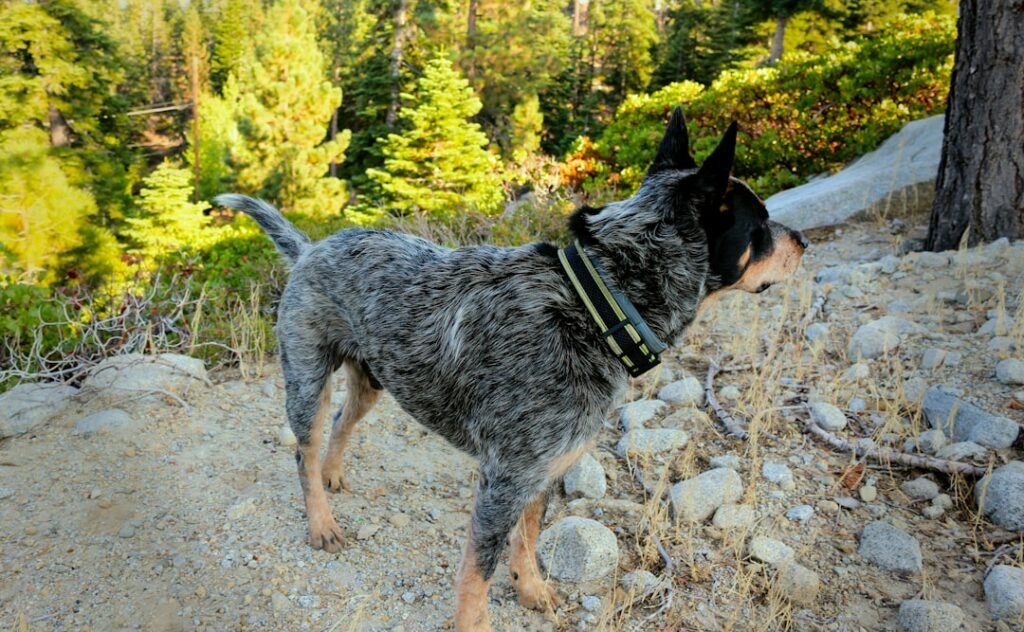Picture this: a crab carefully tending to its own underwater garden, harvesting like a meticulous farmer. While this might sound like something from a children’s story, the reality is far more fascinating. Marine scientists have discovered that certain crab species have developed remarkable relationships with and algae that resemble agricultural practices more than typical predator-prey interactions.
The relationship between crabs and marine vegetation goes beyond simple feeding habits. These partnerships represent some of the ocean’s most sophisticated ecological arrangements, showcasing the incredible adaptability of marine life. Through various forms of symbiosis, crabs and have evolved intricate systems that benefit both partners while shaping entire reef ecosystems.
The Caribbean King Crab’s Grazing Empire

The Caribbean’s largest herbivorous crab, known scientifically as Maguimithrax spinosissimus, has emerged as one of the ocean’s most powerful seaweed consumers. This massive crustacean can reach substantial sizes and has developed an almost insatiable appetite for marine algae. This crab eats an impressive amount of seaweed at rates that rival all other Caribbean species of fish and invertebrates. Unlike many marine herbivores that are picky about their food choices, these crabs tackle even the toughest, most chemically defended algae species that other animals avoid entirely.
Crabs reduced the cover of seaweeds by 50%−80%, resulting in a commensurate 3−5-fold increase in coral recruitment and reef fish community abundance and diversity. Recent research in the Florida Keys has shown that when these crabs are introduced to degraded reef areas, they can dramatically transform the underwater landscape. The addition of crabs put a big dent in the seaweed, dropping it to less than 50% cover. This intensive grazing creates opportunities for coral larvae to settle and grow, essentially preparing the seafloor for coral restoration.
Spider Crabs’ Algae Gardens
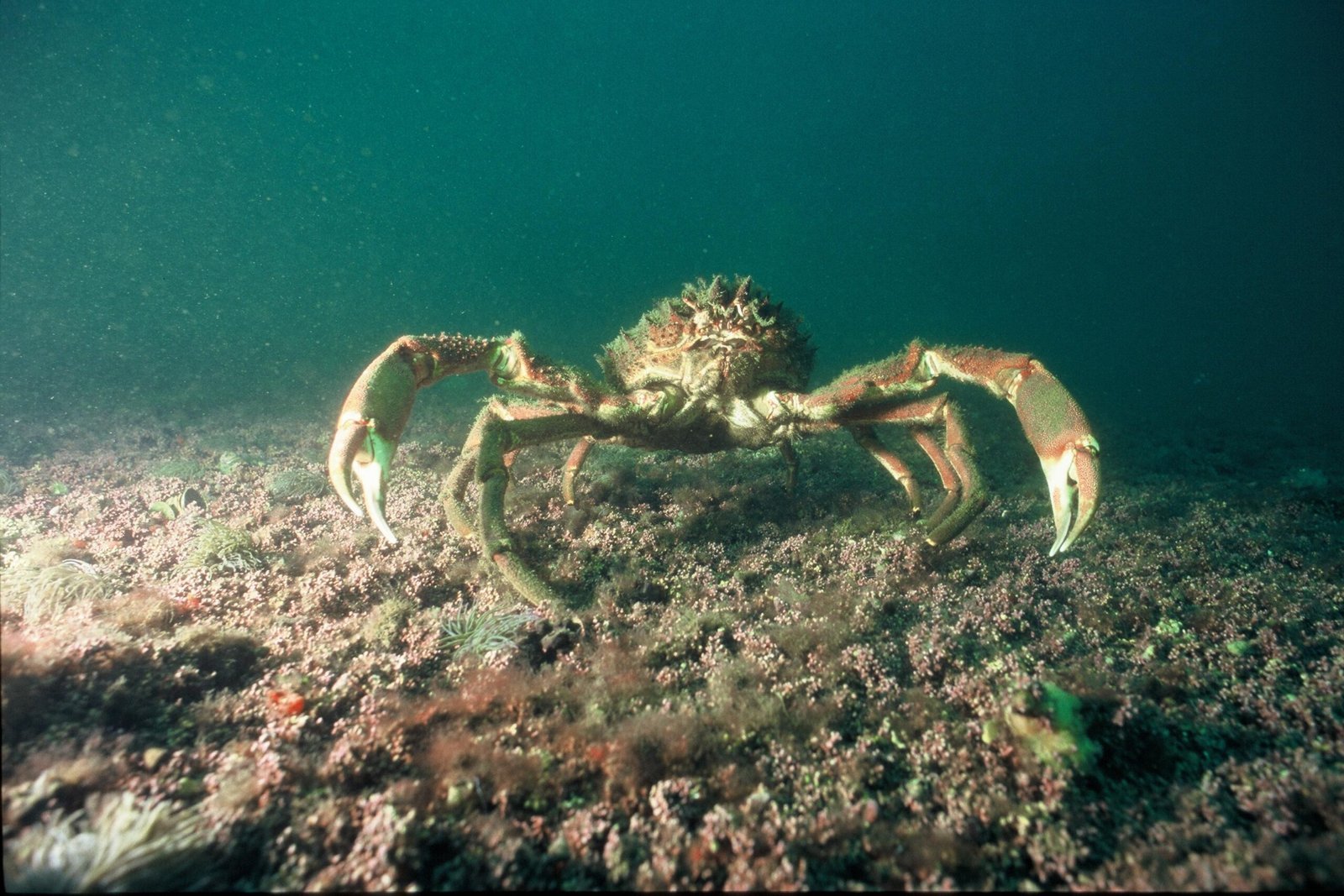
Another mutual symbiotic relationship occurs between spider crabs and algae. In this relationship, both organisms benefit from the relationship as the spider crab provides the algae with a place to grow while the algae allows the crab to blend in with its environment. Spider crabs have perfected the art of living camouflage by carefully cultivating algae on their shells. Since algae require sunlight to grow, the spider crab’s shell provides a sturdy surface on which to thrive.
The crabs position themselves in shallow, sunlit waters where their algae partners can photosynthesize effectively. Allowing the algae to grow over its back for easy access to food and sunlight, the spider crab can hide from predators and hunt for its own food in relative safety. This arrangement creates a mobile ecosystem where the crab becomes both protector and farmer, ensuring its algae partners receive optimal growing conditions while gaining protection from predators through enhanced camouflage.
Decorator Crabs and Their Living Ornaments
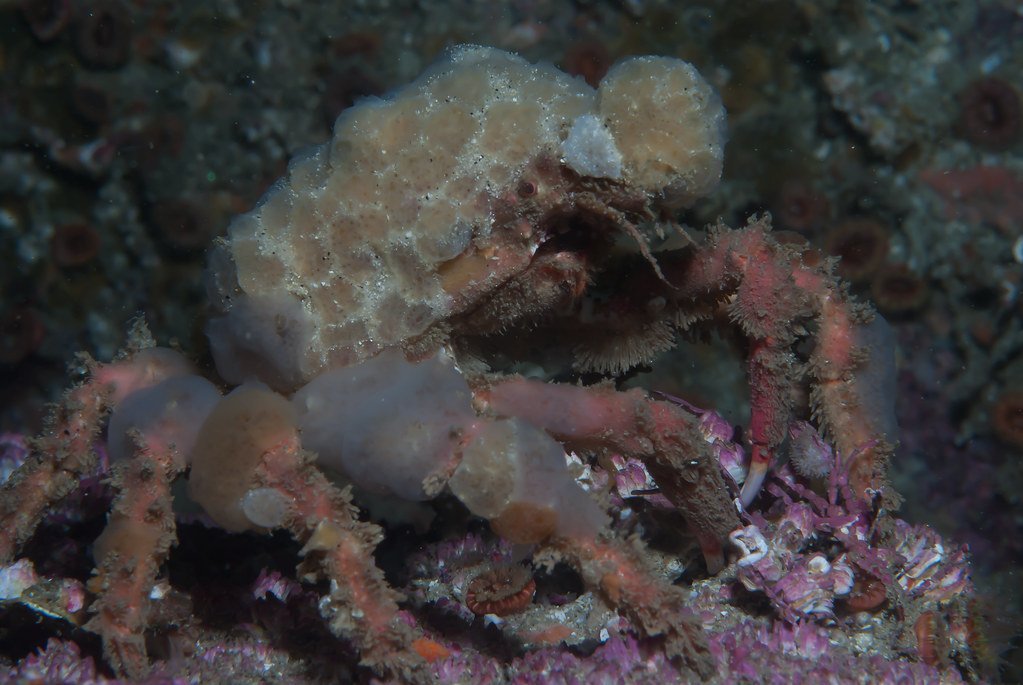
The cold, nutrient-rich waters of Cordell Bank National Marine Sanctuary off California’s coast are home to decorator crabs, crafty crustaceans that create their own camouflage. These crabs attach pieces of anemones, sponges, algae, and other materials to their shells, blending seamlessly into their surroundings to avoid predators. These resourceful crabs have elevated the concept of portable gardens to an art form. Anemones and sponges often benefit from this relationship by being transported to new areas with strong currents where they can access more food and grow. This mutualistic partnership highlights how resourcefulness and teamwork go hand in hand beneath the waves.
The decorator crabs don’t just randomly attach organisms to their shells. They carefully select specific species based on their defensive properties, growth patterns, and compatibility with their existing garden. This selective cultivation ensures that each organism receives adequate nutrition and space while maximizing the crab’s protection and camouflage effectiveness.
Hermit Crabs and Sea Anemone Partnerships
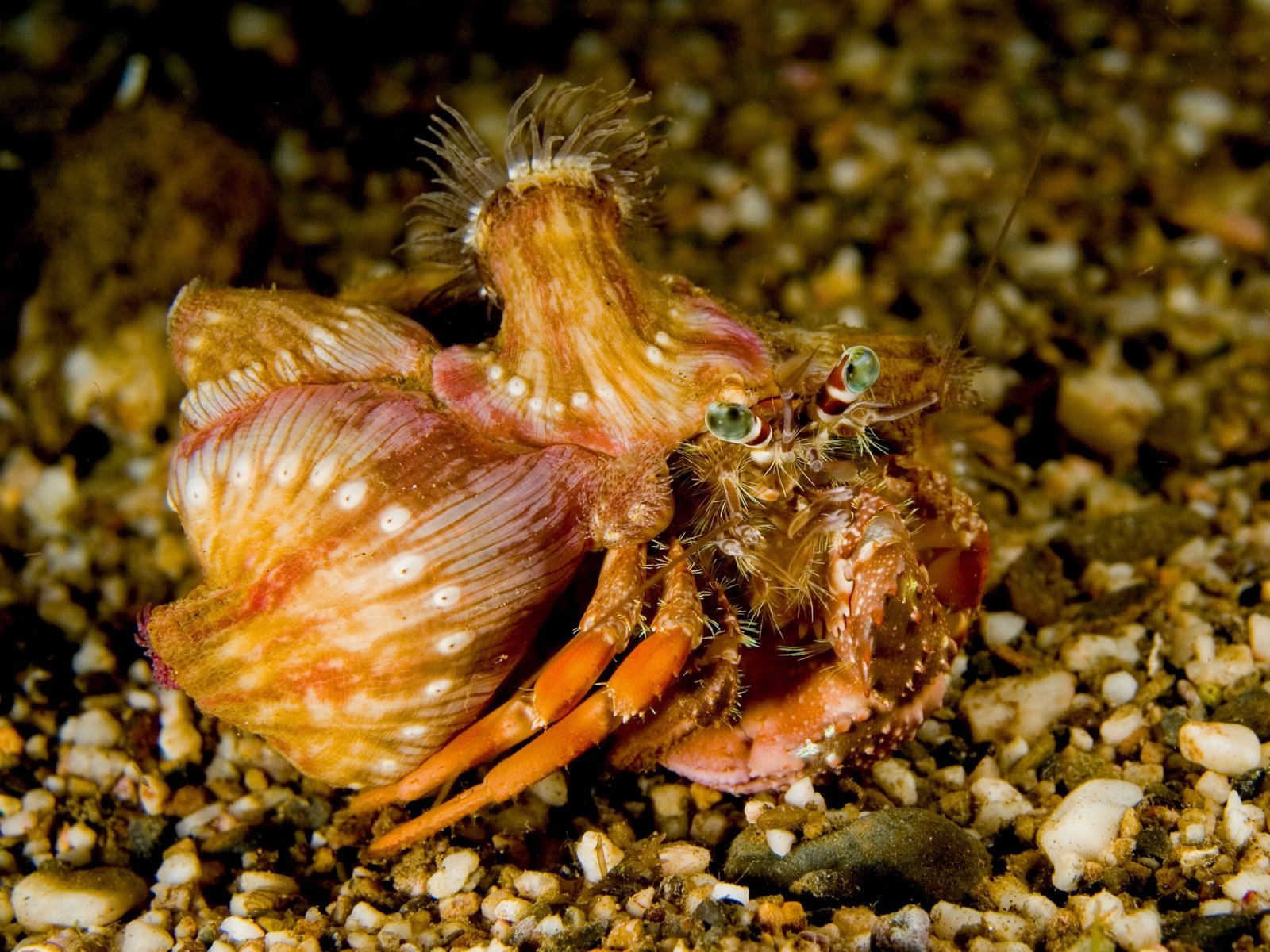
Young hermit crabs will often choose a young sea anemone to bind to their body, and the two will become lifelong partners. When hermit crabs outgrow their shell, they sometimes transport the sea anemone to a new one. This remarkable relationship demonstrates one of the ocean’s most tender partnerships. The anemone protects its host from predators such as cephalopods and shell crushing crabs by its stinging cells. The crab provides the anemone with a hard substrate and increased access to oxygenated water and food and in some cases with protection from predators.
The hermit crab catches dinner, while the sea anemone picks up the scraps. For the sea anemone, it’s a steady food supply. This partnership often involves complex behavioral interactions where both partners actively communicate and coordinate their activities. The crabs have been observed gently encouraging reluctant anemones to transfer to new shells, showcasing remarkable interspecies cooperation.
Boxer Crabs and Their Stinging Weapons
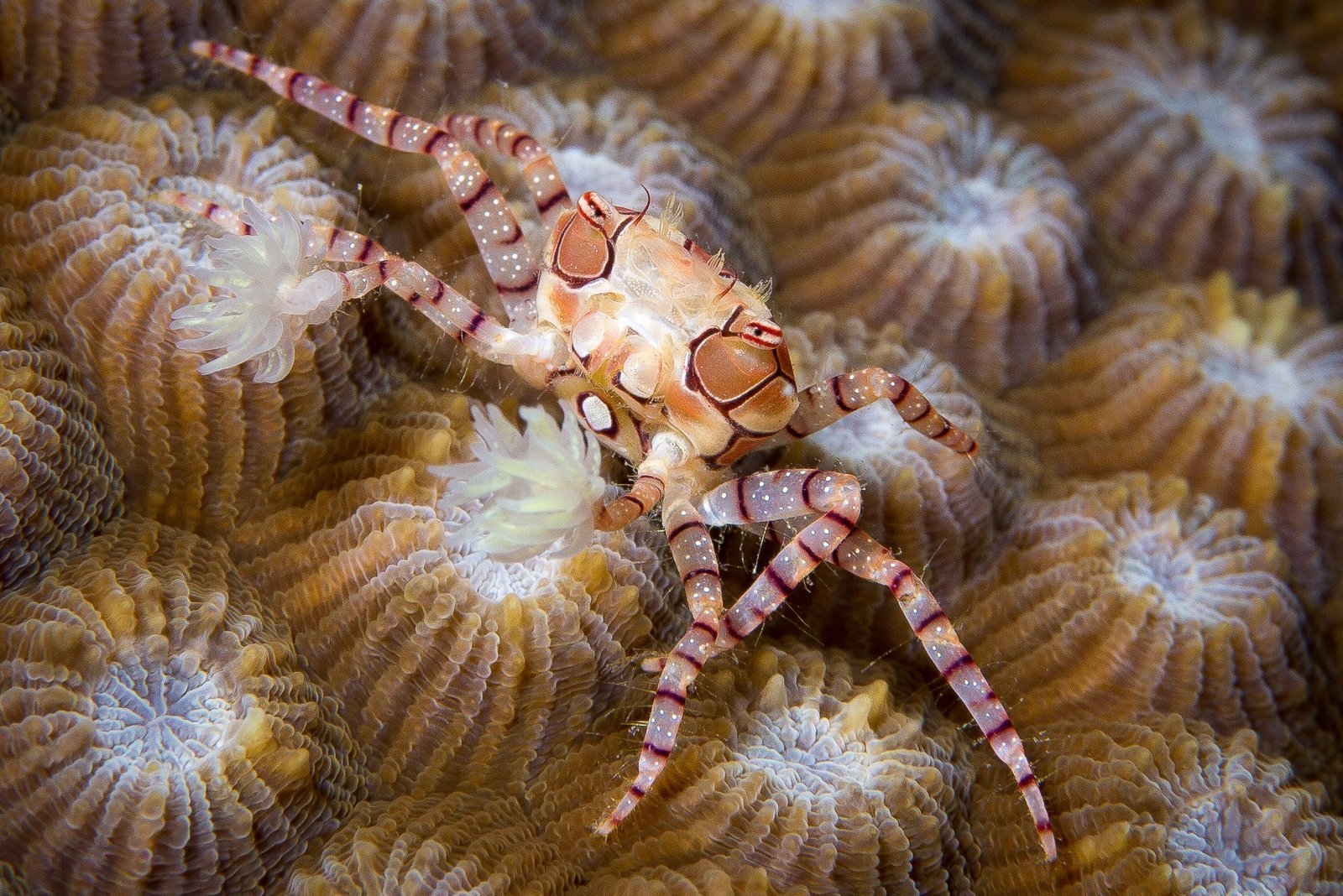
In this relationship, the Boxer Crab carries around two anemones that sting and it uses them for protection. The anemones are benefited because since the crab carries them around, it allows them to be mobile which increases their options for finding food. These small but mighty crabs have weaponized their partnership with anemones, literally carrying their defensive partners like boxing gloves. The arrangement creates a highly mobile hunting and defense system where both partners benefit from increased access to food sources and protection.
The boxer crabs demonstrate remarkable dexterity in wielding their anemone partners, using them not only for defense but also for stunning small prey. This active cultivation and use of living tools represents one of the most sophisticated examples of farming behavior observed in marine crustaceans.
Yeti Crabs and Bacterial Gardens
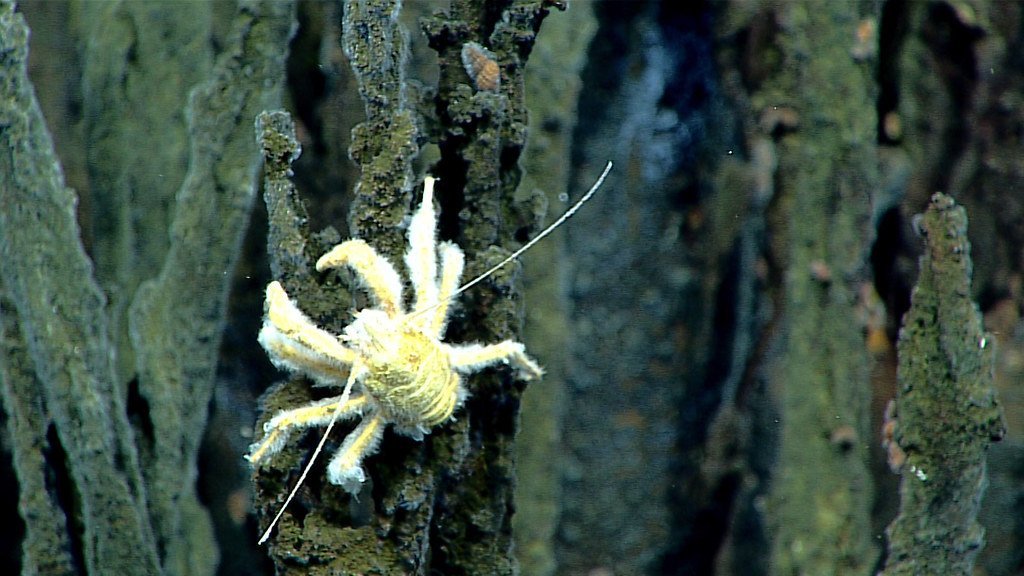
A similar form of symbiosis prevails at hydrothermal vents, where a range of animals including massive Riftia tube worms and fuzzy-clawed crabs host chemosynthetic bacteria. Deep-sea yeti crabs have developed one of the ocean’s most unusual farming relationships with bacteria. Instead, the crabs, mussels, and worms near these vents and seeps eat special bacteria or hold it in their skin. The bacteria can turn chemicals like hydrogen sulfide and methane into food. This way of producing food is called chemosynthesis because the bacteria make food from chemicals, not light.
These remarkable crabs tend bacterial gardens on their claws and body surfaces, regularly grooming and maintaining their microscopic partners. The bacteria provide nutrition in the harsh deep-sea environment where traditional food sources are extremely scarce, demonstrating how farming partnerships can evolve even in Earth’s most extreme habitats.
Understanding Marine Symbiosis Types
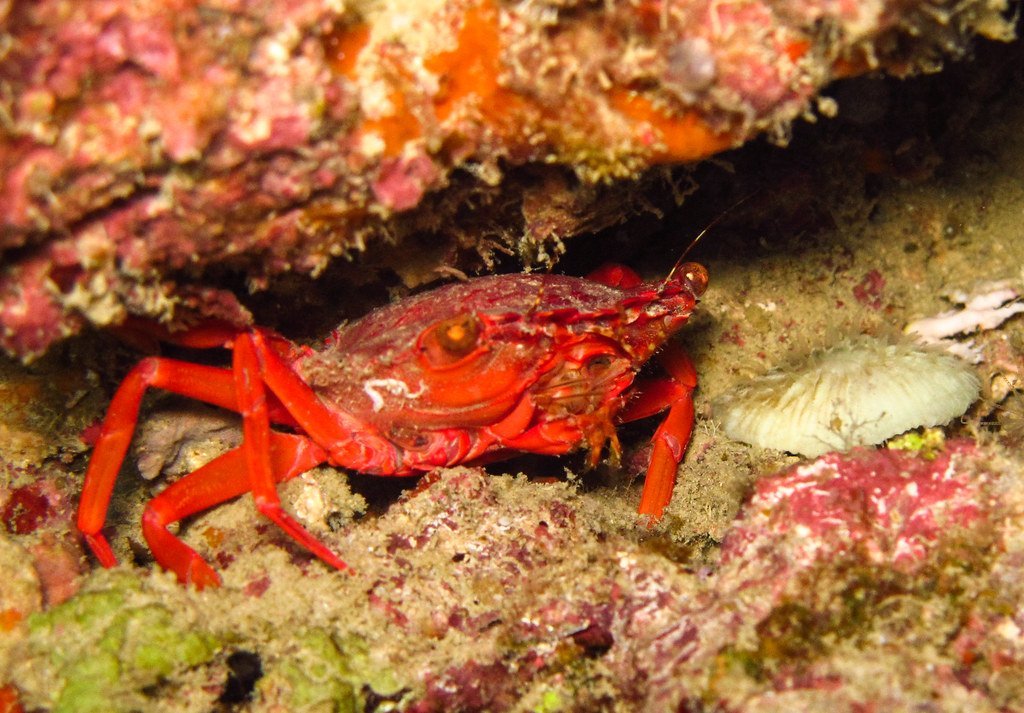
It is the symbiotic relationship that is formed when two different species interact with each other. These interactions create a balance within the ecosystem because at least one of the species is gaining from it. The other species may also gain from the relationship, be unaffected or even get harmed from the relationship. Marine symbiosis encompasses several distinct types of relationships that define how crabs interact with their seaweed and algae partners. Symbiosis takes many forms: mutualism (where both benefit), commensalism (one benefits, and the other is unaffected), and parasitism (one benefits at the expense of the other).
When two organisms are in a symbiotic relationship, sometimes both organisms benefit (mutualism), other times one organism may benefit while another is unaffected (commensalism). If one of the organisms is completely dependent on the other, it is called an obligate relationship; if the relationship is preferred, but not dependent, it is a facultative relationship. Most crab-seaweed relationships fall into the mutualistic category, where both species receive tangible benefits from their partnership.
Ecosystem Impact and Coral Reef Health
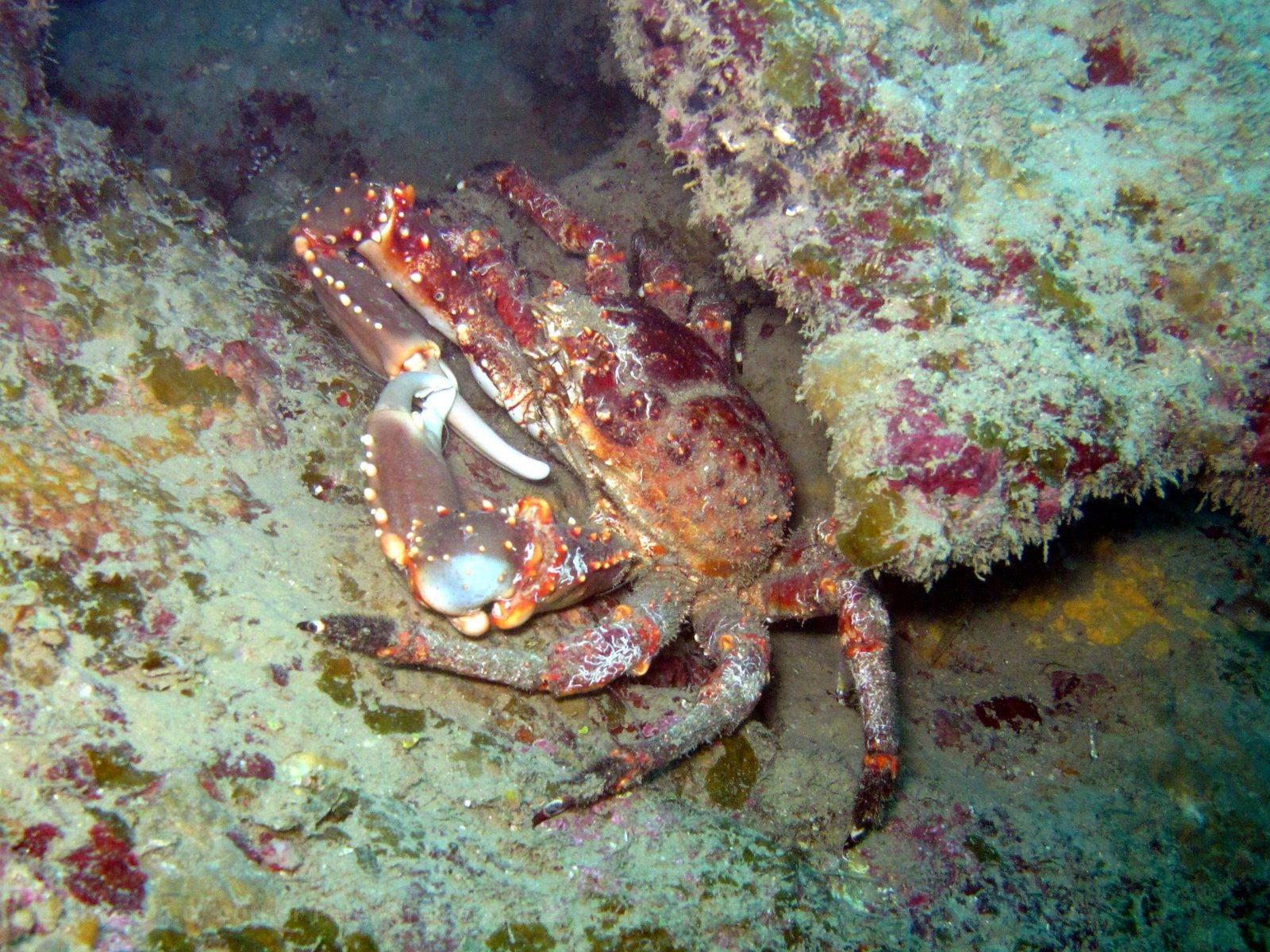
Caribbean king crabs play a vital role in maintaining coral ecosystems by serving as a powerful herbivore in the world of reef herbivores. Their primary function is to keep the growth of algae in check, which helps to prevent seaweed dominance that can hinder coral recruitment. In turn, this supports a healthy reef fish diversity and ensures the overall well-being of coral ecosystems. The farming activities of these crabs have profound implications for entire marine ecosystems. Beyond benefiting individuals, these cleaning stations play a vital role in maintaining reef health by reducing parasite loads and promoting biodiversity. This underwater teamwork highlights the importance of symbiosis in creating vibrant and balanced marine ecosystems.
On Caribbean coral reefs, the explosion of seaweeds is caused by coastal eutrophication and the loss of grazers. The most dramatic example being the near extirpation of the long-spined sea urchin (Diadema antillarum) in the early 1980s, a catastrophe caused by an unknown pathogen. The loss of traditional herbivores has made crab farming relationships even more critical for maintaining healthy reef systems.
Modern Conservation Applications
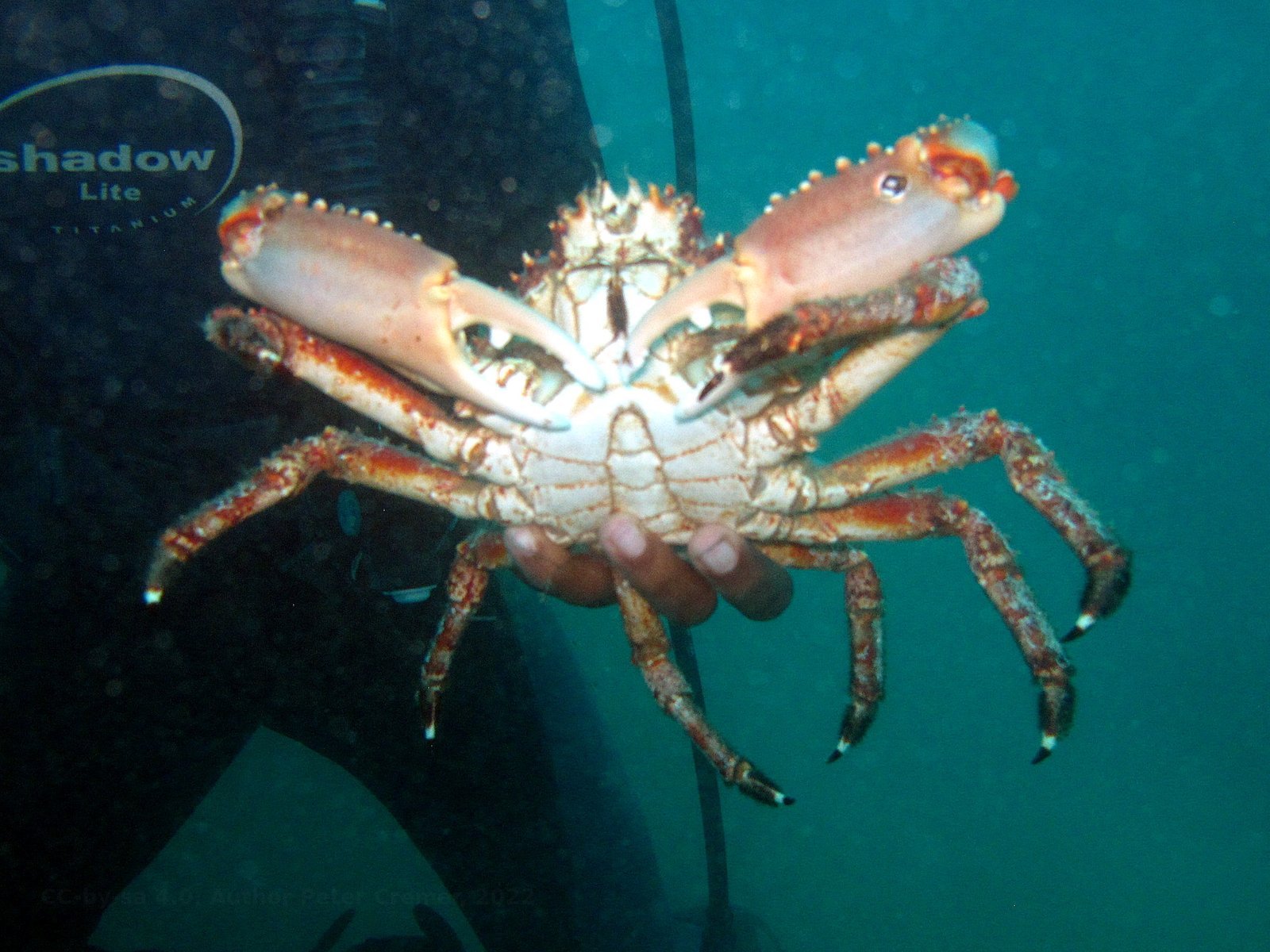
We examined whether this bottleneck could be alleviated by the semi-wild mariculture of the Caribbean King Crab (MaguiMithrax spinosissimus)in saltwater quarries for subsequent use in coral reef restoration in the Florida Keys, Florida (USA). Water chemistry and the availability of food (macroalgae) and crevice shelters were suitable for crab mariculture down to depths of at least 6 m. Scientists are now harnessing the natural farming abilities of crabs for large-scale ecosystem restoration projects. These large native herbivores are being raised in research facilities as part of restoration efforts.
Collaborating with Mexican research institutions, we’ve successfully raised Caribbean King Crabs in Quintana Roo, Mexico, and transplanted juveniles onto local reefs, showcasing their exceptional macroalgae-consuming capabilities. Crabs obtained from the first batch reached maturity and reproduced within the aquaculture system, closing the life cycle. These conservation efforts represent a new frontier in marine restoration, where natural farming partnerships are being scaled up to address environmental challenges.
Conclusion
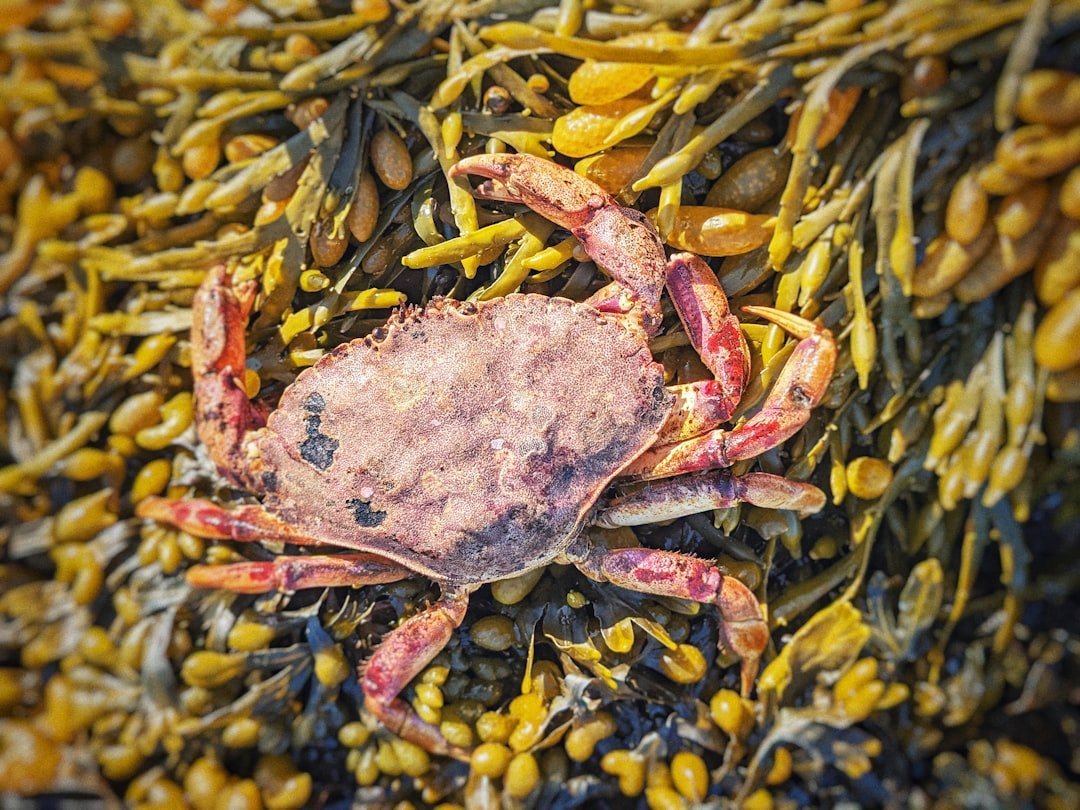
The world of reveals the incredible sophistication of marine ecosystems and the remarkable adaptability of ocean life. From Caribbean king crabs that transform entire reef landscapes through intensive grazing to tiny decorator crabs that cultivate living camouflage gardens, these relationships showcase nature’s ingenuity in creating mutually beneficial partnerships.
These underwater farmers are proving essential not just for maintaining healthy ocean ecosystems but also for inspiring innovative conservation strategies. As coral reefs face unprecedented challenges from climate change and human activities, understanding and protecting these natural farming partnerships becomes increasingly critical for marine ecosystem health.
The next time you see a crab scuttling across the seafloor, remember that it might just be tending to one of the ocean’s most sophisticated agricultural operations. These remarkable creatures continue to surprise scientists with their complex social behaviors and ecological importance. What other hidden farming partnerships might be waiting to be discovered in the depths of our oceans?

Jan loves Wildlife and Animals and is one of the founders of Animals Around The Globe. He holds an MSc in Finance & Economics and is a passionate PADI Open Water Diver. His favorite animals are Mountain Gorillas, Tigers, and Great White Sharks. He lived in South Africa, Germany, the USA, Ireland, Italy, China, and Australia. Before AATG, Jan worked for Google, Axel Springer, BMW and others.

